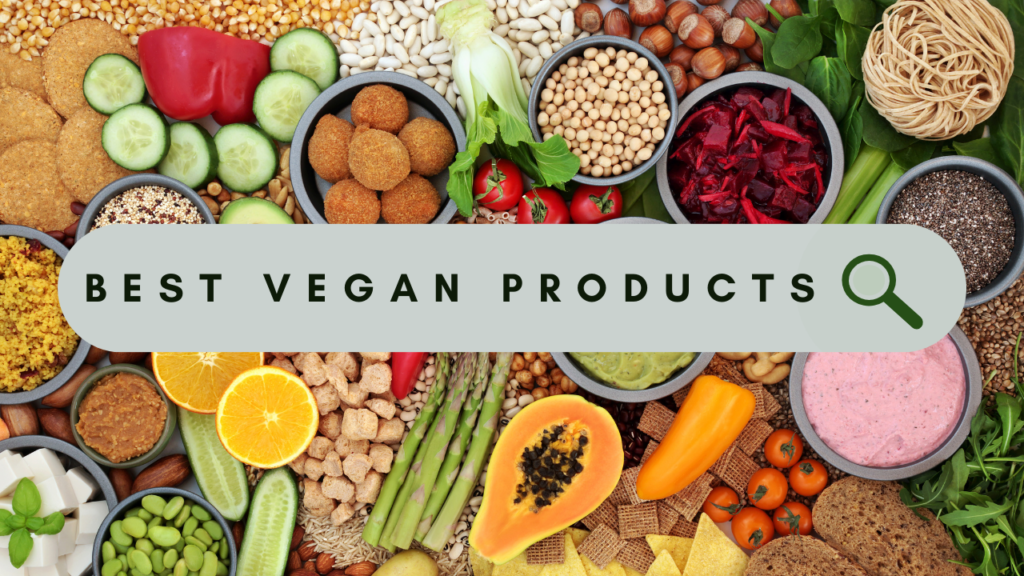

Health, Wellness and Longevity Blog
Ron Russell – Celebrity Chef, Holistic Health Coach & Author

In recent years, plant-based eating has surged in popularity, recognized for its health benefits and environmental sustainability. Despite this growing interest, several myths and misconceptions deter individuals from considering this dietary approach. Let’s demystify some of the most common myths and pave the way for a more informed understanding of plant-based eating.
One of the most persistent myths is that plant-based diets cannot provide enough protein. This concern stems from the misconception that only animal products contain high-quality protein. However, numerous plant-based sources are rich in protein, including lentils, chickpeas, quinoa, tofu, tempeh, leafy greens, and various nuts and seeds. These foods offer not just protein but also a range of other nutrients beneficial for health.
Research has shown that plant-based diets can meet or exceed protein requirements when a variety of these foods are consumed daily. Moreover, plant proteins compared to animal products substantially reduces the risk of heart disease, cancer, stroke, diabetes and other chronic illnesses, as well as contributing to overall wellness and environmental health^[1].
Another common misconception is that adopting a plant-based diet limits food choices, leading to a monotonous and unenjoyable eating experience. On the contrary, plant-based eating encourages diversity in food selection by highlighting an array of fruits, vegetables, grains, legumes, nuts, and seeds.
The variety available in plant-based cuisine is vast and globally inspired. Many cuisines traditionally offer a wide range of vegan options: Ethiopian, Lebanese, Mediterranean, Chinese, Thai, Vietnamese, Mexican, Italian, Indian, Greek, and beyond. In addition, vegan chefs have created a meat-free alternative to almost any dish you can name. This diversity not only makes meals interesting and flavorful but also ensures a wide range of nutrients to support health. Exploring plant-based recipes can open up a world of culinary possibilities, debunking the myth of a lack of variety^[2].
A common barrier to plant-based eating is the perception that it is significantly more costly than a diet including meat. While specialty vegan products and organic produce can be expensive, the staples of a plant-based diet—such as grains, beans, sunflower seeds, and seasonal vegetables—are often among the most affordable foods available, typically selling for $2 per pound or less—well below the cost of animal products.
Economically, plant-based diets can be less expensive in the long term, especially when considering the health benefits and potential reductions in healthcare costs related to diet-related diseases. Shopping in bulk, choosing local and in-season produce, and minimizing the purchase of highly processed vegan substitutes are practical ways to enjoy a plant-based diet on a budget.
Fact: A well-planned plant-based diet can provide all the necessary nutrients for optimal health, except for vitamin B12, which can be easily supplemented. With a variety of fruits, vegetables, grains, legumes, nuts, and seeds, individuals can obtain essential vitamins, minerals, proteins, and fats. The key is diversity and balance to ensure nutritional adequacy^[1].
Fact: Muscle building is entirely possible on a plant-based diet, provided you consume adequate calories and protein from a variety of plant sources. Many plant-based foods, such as legumes, tofu, tempeh, and quinoa, are rich in protein. Moreover, many athletes and bodybuilders successfully follow plant-based diets while achieving their fitness goals. Many top athletes are vegan, here are a few: Novak Djokovic, Serena Williams, Martina Navratilova, Chris Paul, and Strongman Patrik Bouboumian.
Educating oneself and others about the nutritional adequacy and diversity of plant-based diets is key to overcoming these myths. A Loma Linda study, peer reviewed more than 300 times, finds that vegetarian Adventist’s live substantially longer than the average person—9 years longer for men and 6 years longer for women^[3]. Health professionals, dietitians, and nutritionists can provide valuable guidance for those interested in making the transition, ensuring that nutritional needs are met in a balanced and enjoyable way.
Additionally, the growing availability of plant-based options in restaurants and supermarkets reflects a shift towards more inclusive and accessible plant-based eating. This trend, along with educational efforts, can further dispel misconceptions and encourage a more informed and open-minded approach to diet and health.
The myths surrounding plant-based eating—concerning protein deficiency, lack of variety, and cost—are rooted in misconceptions and outdated information. By examining the evidence and exploring the abundance of plant-based foods, it becomes clear that this dietary approach is not only nutritionally adequate but also diverse and accessible. Embracing plant-based eating can lead to significant health and environmental benefits, offering a compelling option for those looking to improve their diet and lifestyle.

Introduction to Vegan Alternatives
So as a vegan chef of 40+ years, I’m most known for making things healthy and from scratch. But, we all need vegan alternative products from time to time. This list is by no means complete as many new plant-based brands popup all the time. I apologize for anyone I left off the list.
Also, I attempted to list the companies with healthier options: no sugar added, lower fat content, simple ingredients. However, there are many listed on this list that I don’t consider that healthy but they made the list as they are leaders in plant-based alternatives.
Any item with a * are vegan foods that I use and believe to be the best in their class as well as on the healthier side. I have listed the items in each category in the order of my opinion as to their taste and secondarily their health profile. That said, all are processed foods which I believe are not as healthy as a whole foods, plant-based, clean, low fat, no sugar diet.
Vegan Chef Ronald Russell
Meat Substitutes
Dairy Alternatives
Snacks and Bars
Plant-Based Milks – I didn’t * any of these as I tend to make my own milks.
Condiments and Sauces
Baking Ingredients
Frozen Meals and Convenience Foods
Supplements and Protein Powders

Making leafy greens the center of your diet is the fastest way to improve your health and even reverse disease. They are the unsung heroes of the culinary world. From their impressive nutrient density to their rich supply of fiber, phytonutrients, and the vibrant green pigment chlorophyll, leafy greens are a dietary treasure trove. Let’s explore the amazing benefits of incorporating more leafy greens into your diet.
Leafy greens are nutritional powerhouses, offering a wide range of vitamins and minerals essential for good health. Here’s a glimpse of their nutrient density:
Fiber is a dietary superhero that plays a crucial role in maintaining digestive health and preventing chronic diseases. Leafy greens are loaded with dietary fiber, making them essential for a healthy diet. Here’s why fiber from leafy greens matters:
Phytonutrients, also known as phytochemicals, are natural compounds found in plants. Leafy greens are abundant sources of various phytonutrients, each with its unique health benefits:
Chlorophyll is the pigment that gives leafy greens their vibrant green color. Beyond aesthetics, chlorophyll offers several health benefits:
My personal goal is to eat a minimum of a pound of leafy greens per day. These are the three ways I accomplish that:
RON’S BASIC GREEN SMOOTHIE
2C Kale
2C Chard
MY TYPICAL OPTIONS: spinach, cilantro, bok choy, collards, parsley
2-3 Dates
1C Frozen blueberry, raspberries, and/or pineapple
½C Water
Blend all ingredients. Serve immediately (oxidation)
Incorporating leafy greens into your diet is a simple and effective way to enhance your overall health and well-being. Their nutrient density, fiber content, phytonutrients, and chlorophyll contribute to a wide array of benefits, from supporting digestion and weight management to reducing the risk of chronic diseases. So, next time you prepare a meal, consider adding a generous serving of leafy greens to your plate and savor the taste of vibrant health.